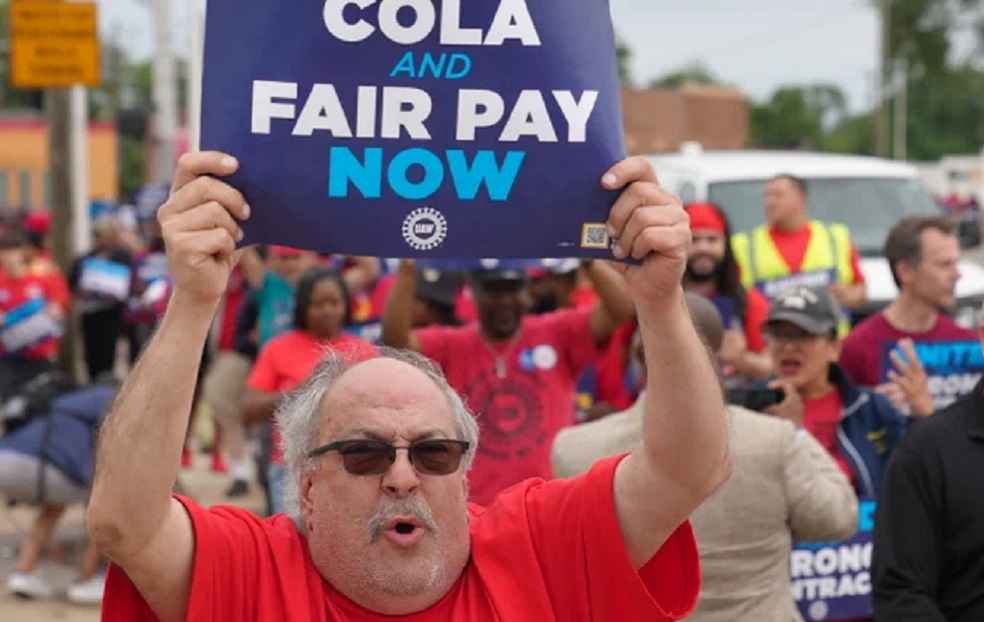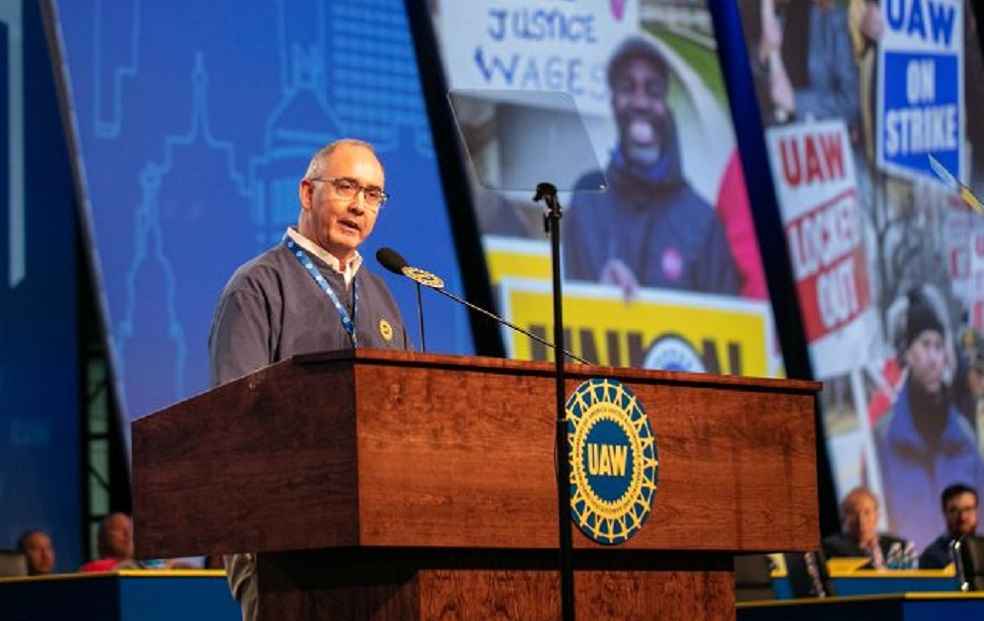The United Auto Workers (UAW) strike has intensified, casting a grim shadow over the U.S. auto industry with crippling economic repercussions felt across the sector. As the industrial action enters its 22nd day, the ongoing strife has brought the Big Three U.S. automakers – Ford, General Motors (GM), and Stellantis NV, under immense financial strain, causing mounting concerns among industry leaders and stakeholders.
A distressing analysis by Michigan’s Anderson Economic Group LLC reveals a staggering economic shortfall due to the strike. With a current total loss estimated at 7.7 billion dollars, the toll includes 359 million dollars in direct wage losses to original equipment manufacturers (OEMs), 3.45 billion dollars in losses shouldered by the Big Three, and significant financial hits to suppliers and dealers to the tune of 2.67 billion and 1.21 billion dollars, respectively.

Exuding an aura of desperation, Ford Motor Co.’s Executive Chairman, Bill Ford, made an unprecedented appeal to the union on Monday. He urged the UAW to reach an agreeable settlement swiftly, highlighting the imminent threats posed to the survival and sustainability of not only Ford but the broader American auto industry.
The strike’s escalation caught many off guard, with the UAW intensifying its actions by extending the strike to Ford’s pivotal plant in Kentucky. The plant, a cornerstone of Ford’s operations, generates a monumental 25 billion dollars in annual revenue, equivalent to one-sixth of its global automotive revenue. Ford expressed that they have stretched their concessions to the UAW to the brink, marking a tenuous point in negotiations.
On a broader spectrum, the impact has been substantial. Industry giants like General Motors have incurred losses of up to 507 million dollars, with Ford suffering a 517 million dollar blow, as reported by local media referencing J.P. Morgan’s estimates. The ongoing industrial action is hemorrhaging GM and Ford 21 million and 44 million dollars daily, respectively, amplifying the urgency for a breakthrough in negotiations.

Embarking on the strike on September 14, following the expiry of contracts with the Big Three, the UAW has systematically expanded its strikes across the industry. As of now, the strategic action has mobilized approximately 34,000 members of the UAW against the Big Three. This number has been bolstered by the addition of nearly 4,000 Mack Trucks workers who recently joined the strike, bringing the total count of striking workers to over 38,000.
UAW President Shawn Fain remains steadfast, asserting the union’s readiness to initiate further walkouts at a moment’s notice, amplifying the precariousness of the situation.

The unfolding crisis casts an ominous cloud over the future of the U.S. auto industry, with stakeholders and industry leaders watching anxiously as negotiations continue amid a backdrop of rising economic turmoil.
DON’T MISS | UAW Pact with Mack Trucks: Balances Profits and Worker Rights





